The history of the German Fallschirmjäger began when the Regiment ‘General Goering’ was created from the transfer of a Berlin Police Unit into the newly formed Luftwaffe (Air Force), which formed part of the German Wehrmacht (or Armed Forces). A parachute school was opened at Stendal-Borstal on 29th January 1936.
Visibly impressed by the Red army manoeuvres of 1936 the parachute school expanded to 12 training companies with 180 parachute instructors by 1938. The school soon produced an output of 4,000 paratroopers per year. By July 1938 an Airborne Division was established, commanded by Maj Gen Kurt Student, consisting of parachute and air-land infantry.
German paratroopers were deployed in company strength during the invasion of Scandinavia in April 1940, capturing Oslo airfield and the massive bridge connecting Falster and Seeland in Denmark.
On May 10th 1940 the 7th Flieger (airborne) Division spearheaded the German assault on ‘Fortress Holland’, capturing the key Belgian fortress at Eben-Emael and vital bridges in Rotterdam and The Hague, prior to being relieved by advancing panzer divisions. This was the first historical use of parachute and air-landed troops at division level and achieved total surprise.
Following this operational success the 7th Flieger Division expanded in one year from 5 battalions to 4 regiments (each of brigade size) and the inclusion of the 22nd Air Land Division increased the German Airborne Arm to corps size. The XI Luftlande Corps was established in January 1941.
In May 1941 it was employed against the Island of Crete, the first strategic objective to be captured by airborne forces alone. Losses were, however, so crippling the German High Command decided ironically not to deploy mass airborne formations in the future at the very time the Allies recognized the need to create just such a capability. Thereafter German paratroopers were employed in the ground role in all operational theatres for the remainder of the war. Despite expanding to army size, they were not employed from aircraft apart from battalion level reinforcements and isolated assaults.
After the war the new German Bundeswehr (or Federal Army) did not reintroduce a parachute capability until 1956. This was achieved with American instructors and the first parachute course started in April 1957. By the following year a battalion was created and at the height of the Cold War the Bundeswehr 1st Luftlande (airborne) Division had expanded to three brigades. Development has since continued at this force level.
Photos_27
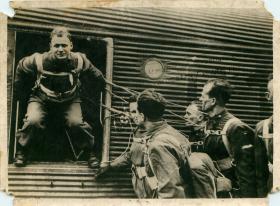
After 5 weeks of training, a parachutist makes his first leap from a stationary plane.
2 Images Buy Prints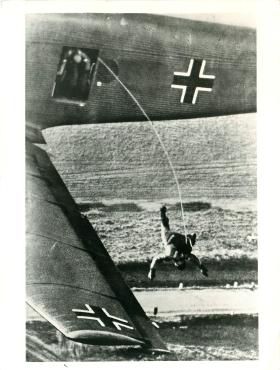
The first of a stick of German paras exits the aircraft.
1 Image Buy Prints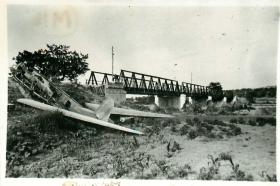
Thuronitis Bridge, Crete, 1941.
1 Image Buy Prints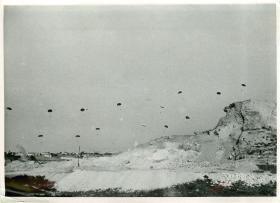
German airborne forces.
1 Image Buy Prints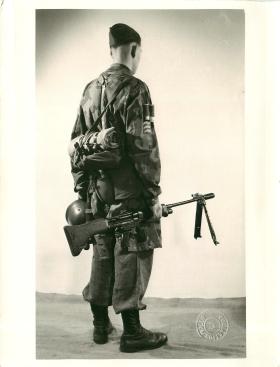
Equipped German paratrooper.
1 Image Buy Prints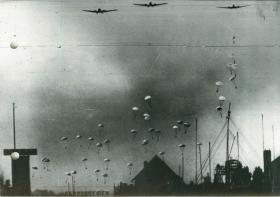
German paratroops at Ypenburg Military Airfield.
1 Image Buy Prints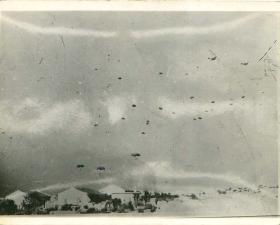
German paratroops under fire in Crete, 1941.
1 Image Buy Prints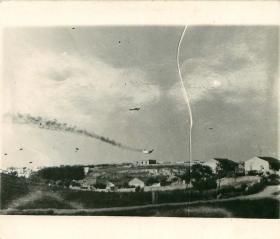
German JU52 transport plane on fire from ground troops, Crete.
1 Image Buy Prints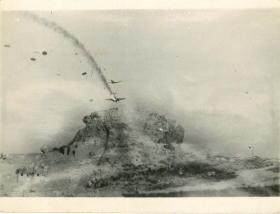
German parachutists landing and a Ju52 on fire, Crete.
1 Image Buy Prints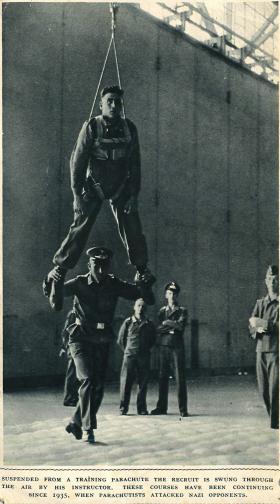
German recruit on parachute training course.
1 Image Buy Prints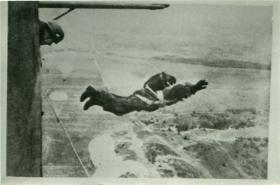
German paratrooper on exit from the aircraft.
1 Image Buy Prints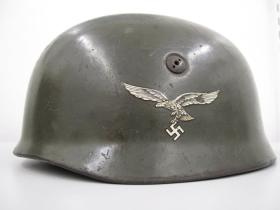
Fallschirmjaeger Steel Helmet
1 Image Buy Prints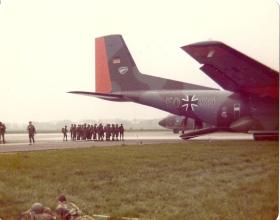
German Paras emplaning a Luftwaffe Transall C-160, German Para Course, 1978.
1 Image Buy Prints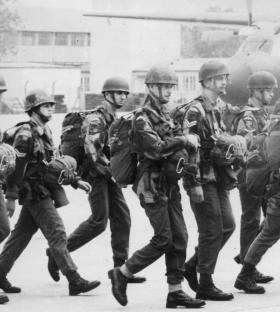
Members of 1 Para Provost Pln RMP (V) at the German Parachute Training School, 1976.
1 Image Buy Prints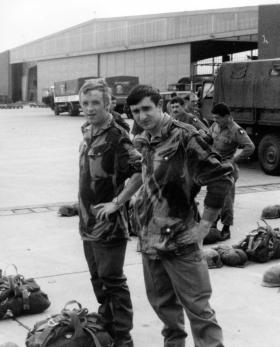
Members of 1 Para Provost Pln RMP (V) waiting to jump at the German Parachute Training School, 1976.
1 Image Buy Prints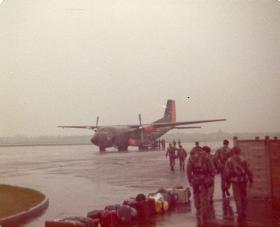
Members of 10 PARA emplaning a Luftwaffe Transall C-160, RAF Northolt, May 1978.
1 Image Buy Prints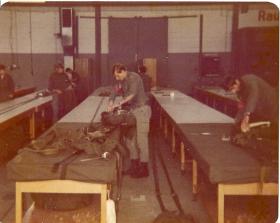
German Paras take turns packing parachutes! German Para Course 1978
1 Image Buy Prints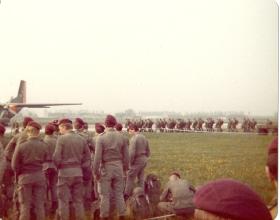
Members of 10 PARA waiting to emplane on German Para Course, Diepholz, 1978.
1 Image Buy Prints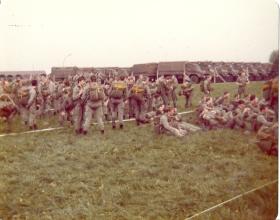
Waiting to emplane on German Para Course, Diepholz airfield, 1978.
1 Image Buy Prints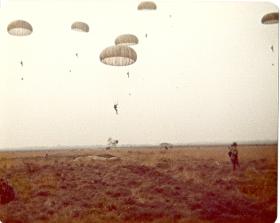
Members of 10 PARA dropping onto Diepholz DZ, German Para Course, 1978.
1 Image Buy Prints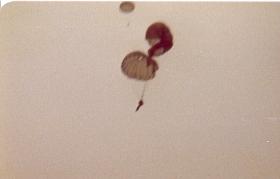
A member of 10 PARA descending on a reserve, German Para Course, 1978.
1 Image Buy Prints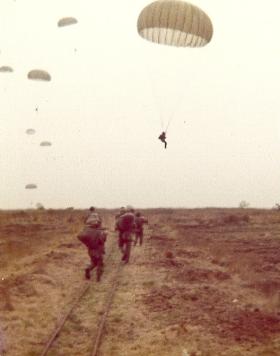
Descending onto Diepholz DZ, German Para Course, 1978
1 Image Buy Prints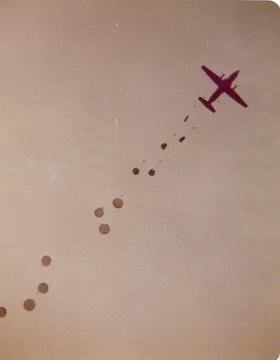
A stick dropping from a Luftwaffe Transall C160, German Para Course, 1978.
1 Image Buy Prints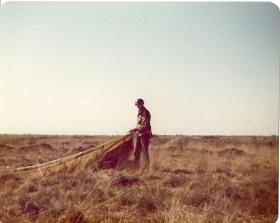
Pte Mark Ross on Diepholz DZ German Para Course, 1978.
1 Image Buy Prints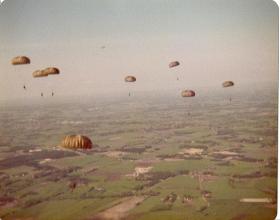
Members of 10 PARA on German Para Course, 1978.
1 Image Buy Prints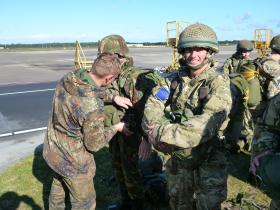
Lt Max Shackleton waits for his safety check, Eindhoven airbase, 22 September 2012.
1 Image Buy Prints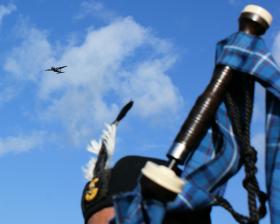
A German Transall C160 approaches Ginkle Heath, 22 September 2012.
1 Image Buy Prints
Aerial photos_8
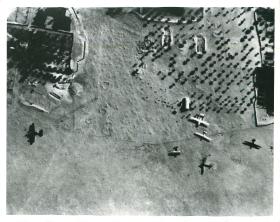
Aerial photo of Bone airfield shows German DF230 gliders and and Italian bomber on the ground.
2 Images Buy Prints
Aerial photo of Bone airfield shows German DF230 gliders and and Italian bomber on the ground.
2 Images Buy Prints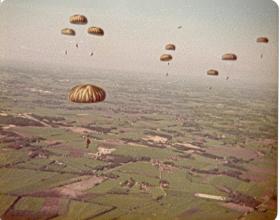
A stick descends on a German Para Course, 1978.
1 Image Buy Prints
A stick descends on a German Para Course, 1978.
1 Image Buy Prints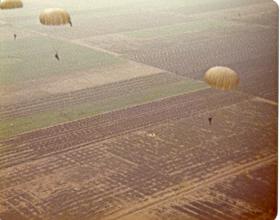
Pte Mark descending from 1,500 metres, German Para Course, 1978.
1 Image Buy Prints
Pte Mark descending from 1,500 metres, German Para Course, 1978.
1 Image Buy Prints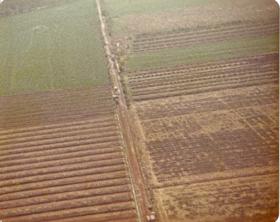
Pte Mark Ross descending from 1,500 metres, German Para Course, 1978
1 Image Buy Prints
Pte Mark Ross descending from 1,500 metres, German Para Course, 1978
1 Image Buy Prints
Video clips_10
War Diaries_2
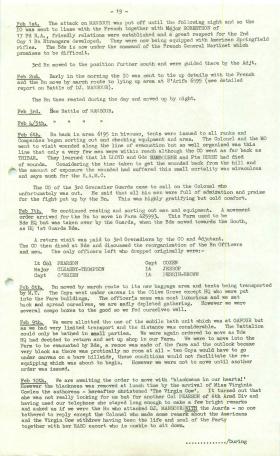 Enlarge Enlarge Enlarge Enlarge Enlarge Enlarge Enlarge Enlarge Enlarge Enlarge Enlarge Enlarge Enlarge Enlarge Enlarge Enlarge Enlarge Enlarge Enlarge Enlarge Enlarge Enlarge Enlarge Enlarge Details
Enlarge Enlarge Enlarge Enlarge Enlarge Enlarge Enlarge Enlarge Enlarge Enlarge Enlarge Enlarge Enlarge Enlarge Enlarge Enlarge Enlarge Enlarge Enlarge Enlarge Enlarge Enlarge Enlarge Enlarge DetailsHistory of the 1st Battalion in Operation Torch, November 1 1942-May 31 1943. Part Three.
24 Items Enlarge Enlarge Enlarge Enlarge Enlarge Enlarge Enlarge Enlarge Enlarge Enlarge Enlarge Enlarge Enlarge Enlarge Enlarge Enlarge Enlarge Enlarge Enlarge Enlarge Enlarge Enlarge Enlarge Enlarge Details
Enlarge Enlarge Enlarge Enlarge Enlarge Enlarge Enlarge Enlarge Enlarge Enlarge Enlarge Enlarge Enlarge Enlarge Enlarge Enlarge Enlarge Enlarge Enlarge Enlarge Enlarge Enlarge Enlarge Enlarge DetailsHistory of the 1st Battalion in Operation Torch, November 1 1942-May 31 1943. Part Three.
24 Items
Post-combat reports_2
Personal accounts_2
Propaganda_2
Documents_3
Magazine extracts_2
Solo photos_4
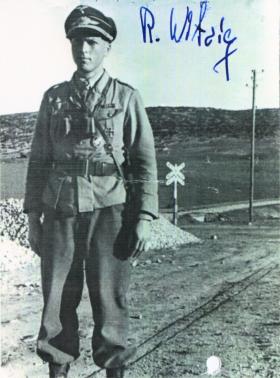
Major Rudolf Witzig, undated.
1 Image Buy Prints
Major Rudolf Witzig, undated.
1 Image Buy Prints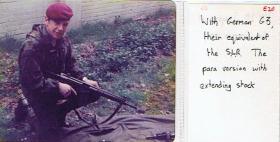
L/Cpl 'Joe' Irwin with Heckler and Koch G3 rifle, 1978.
1 Image
L/Cpl 'Joe' Irwin with Heckler and Koch G3 rifle, 1978.
1 Image
Official documents_2
Group photos_4
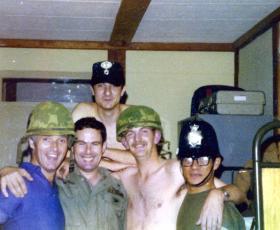
Members of 1 Para Provost Pln RMP (V) relaxing at the German Parachute Training School, 1976.
1 Image Buy Prints
Members of 1 Para Provost Pln RMP (V) relaxing at the German Parachute Training School, 1976.
1 Image Buy Prints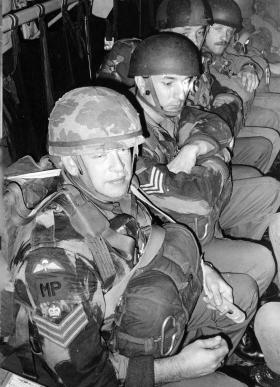
Members of 1 Para Provost Pln RMP (V) on board a Luftwaffe C110, 1976.
1 Image Buy Prints
Members of 1 Para Provost Pln RMP (V) on board a Luftwaffe C110, 1976.
1 Image Buy Prints

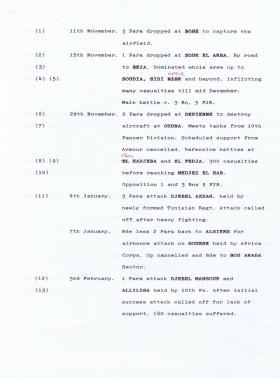
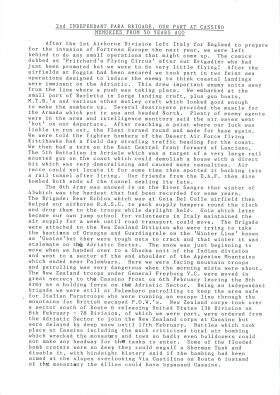
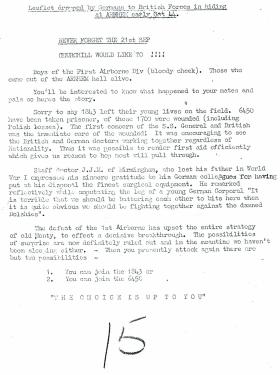
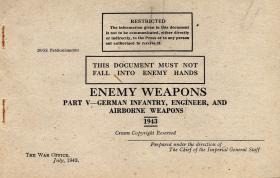
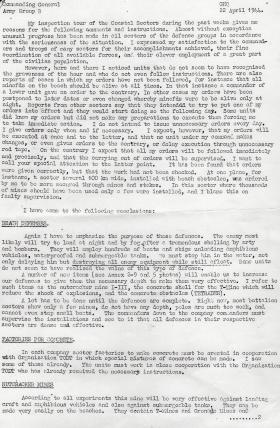
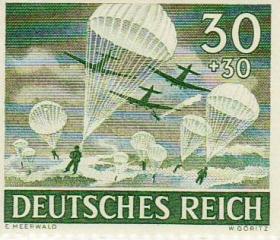
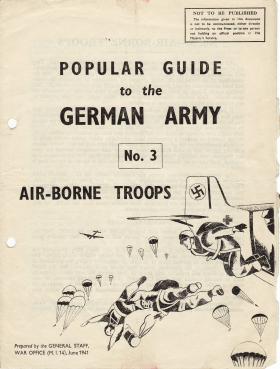
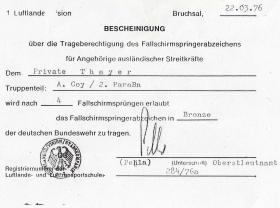



Latest Comments
There are currently no comments for this content.
Add Comment
In order to add comments you must be registered with ParaData.
If you are currently a ParaData member please login.
If you are not currently a ParaData member but wish to get involved please register.